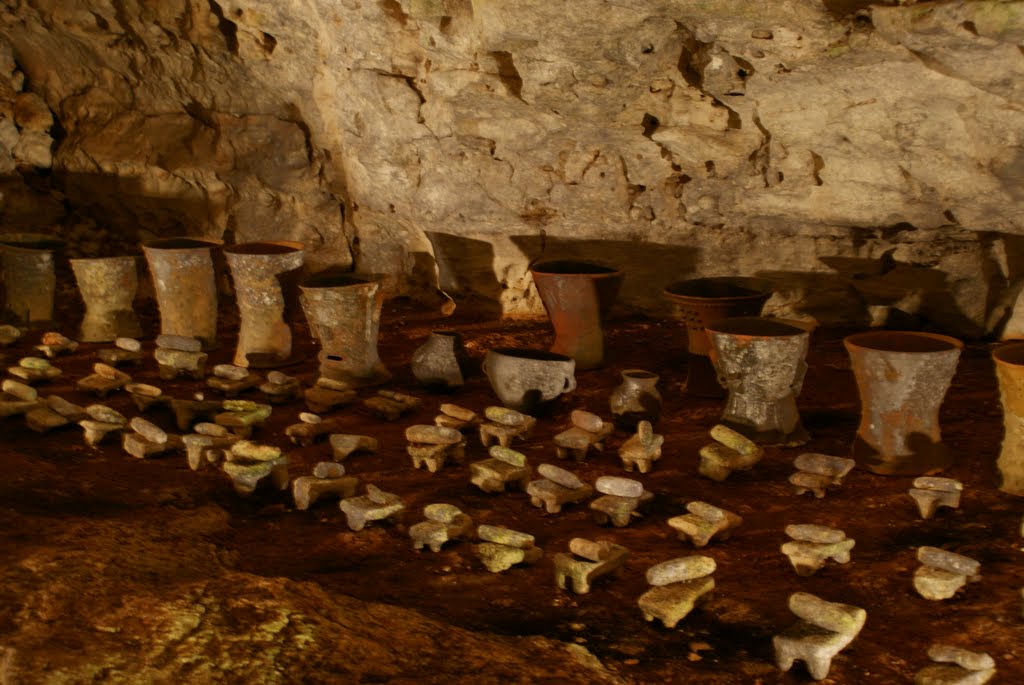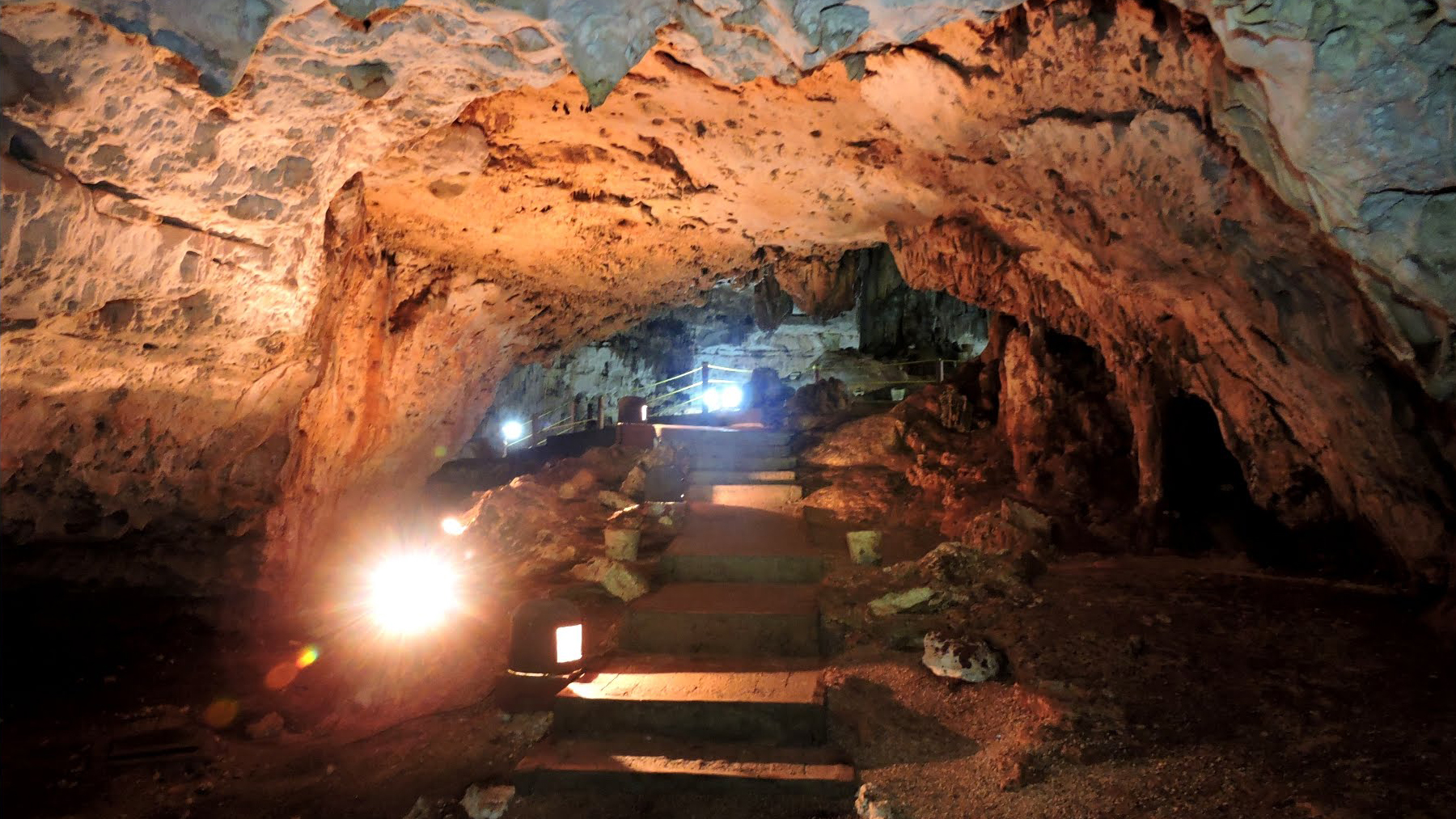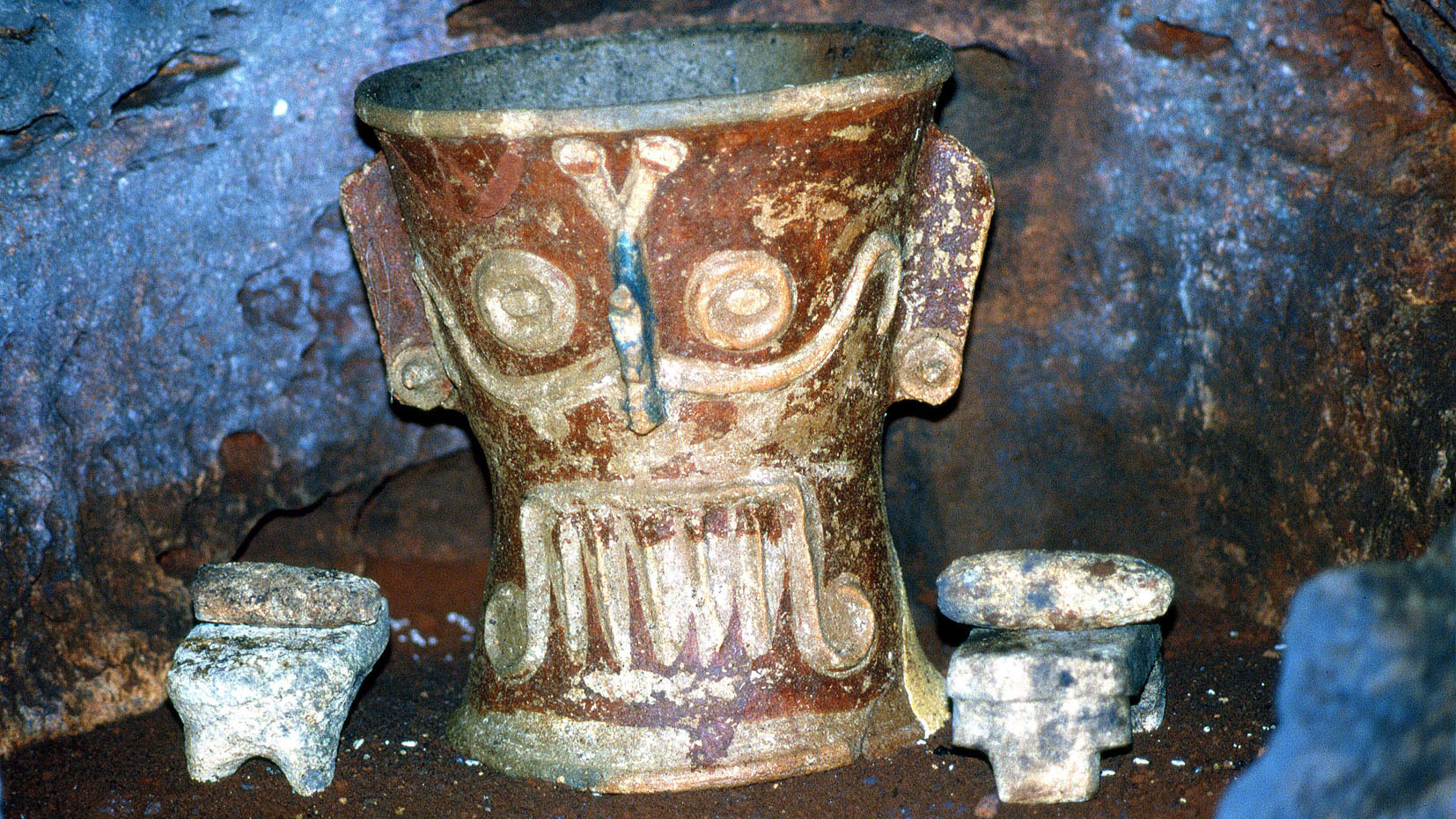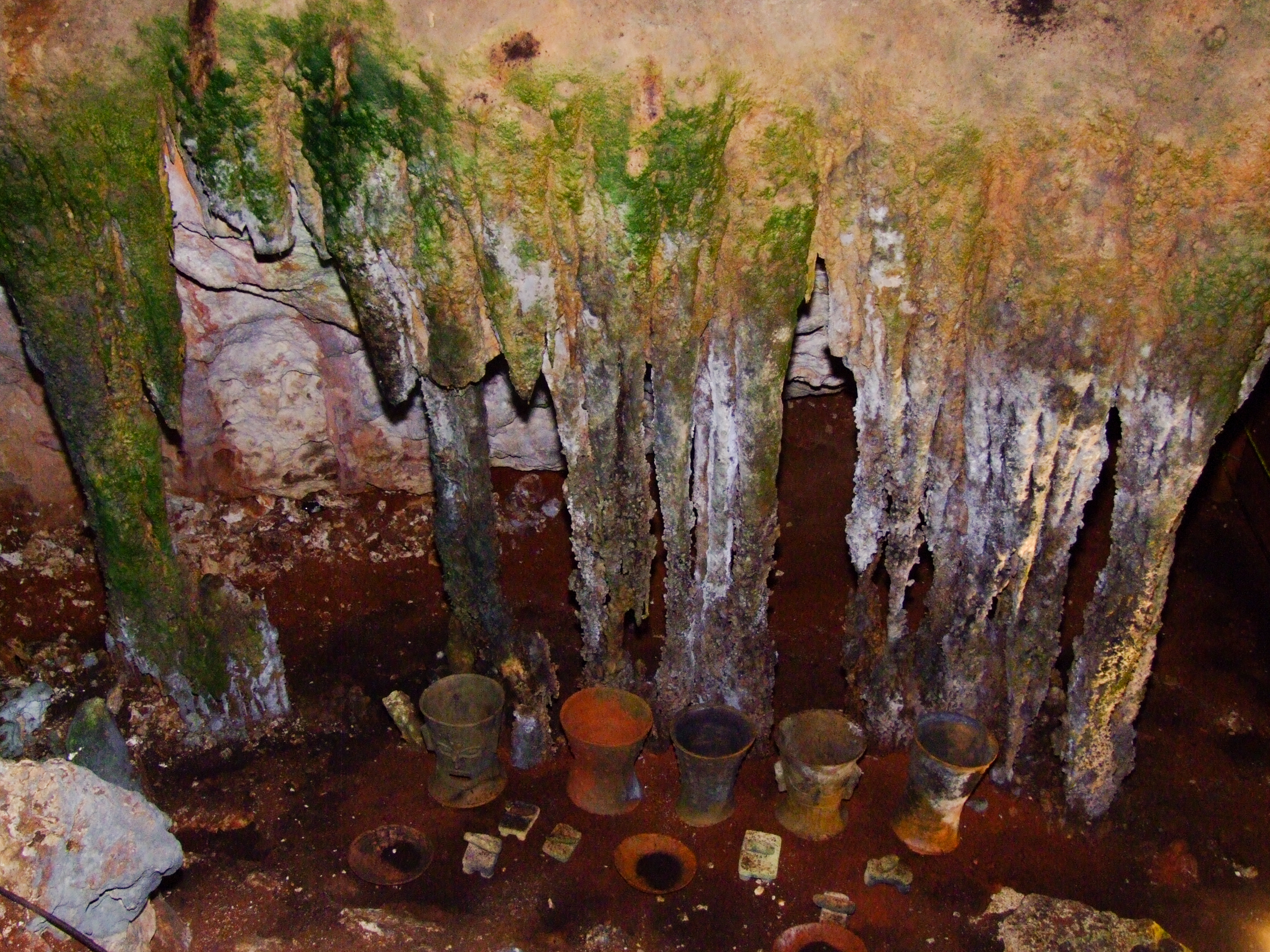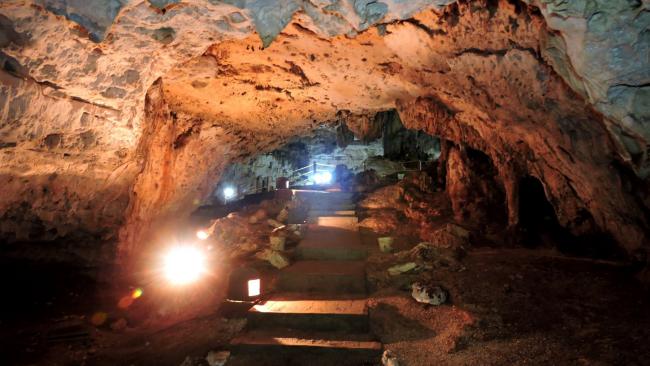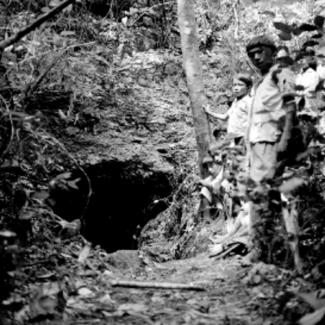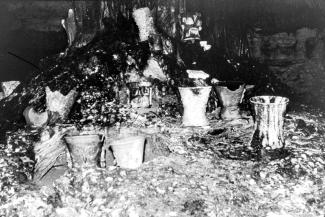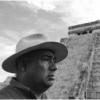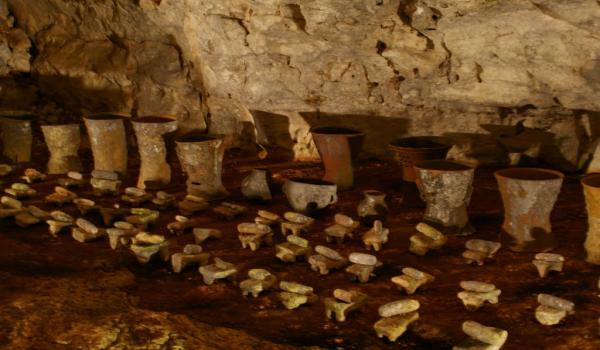Visit us
Balamcanché
Aviso
Temporarily closed
Access is not recommended for people with cardiac or respiratory diseases or claustrophobia.
Opening hours
Monday to Sunday from 09:00 to 16:00 h
Fee
$80.00 Visitantes nacionales
$145.00 Visitantes extranjeros
Visitas fuera de horario normal de operación $730.00
Visits outside of normal operating hours $730.00
Aditional Fees
- (CULTUR) Foreign tourists $138 and nationals $90. Yucatan residents are exempt from payment.
Adress
Federal Highway No. 180 (Merida-Valladolid) Km 123 + 400 Balam Ka'anché, Municipality of Tinum, Yucatan.
Access
From the city of Mérida, follow Federal Highway 180 towards Valladolid and at kilometer 123 take the exit that leads to the site.
Services




Important
- Sundays free for mexican citizens
- Free entrance for Mexicans under 13 years old
- Free entrance for Mexican students and teachers
- Free entrance for Mexican senior citizens
- No entry with food
- Pets not allowed

